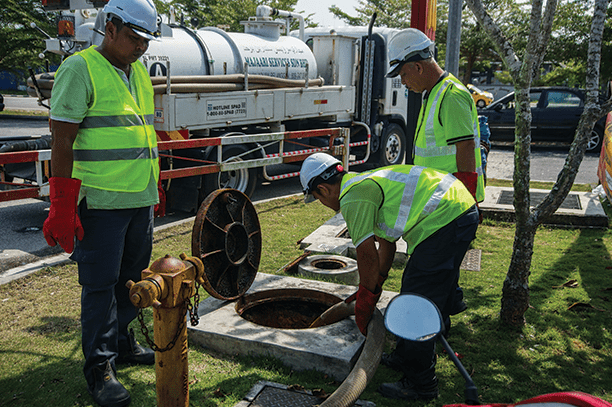A proper septic design is an important part of the septic system installation process. Choosing a proper wastewater treatment system will require you to assess your structural requirements and environment in depth to find a suitable one. You can call wastewater and professional septic services in Newberg and Wilsonville for assistance with the design, installation, and maintenance of your septic or wastewater system if needed.
Why is proper septic design important?
For a property that the local sewer system can’t access, creating a septic design in Molalla that meets the requirements is extremely important. In fact, to make a property a success, the location of the septic tank must be determined before finalizing the property. The benefits of doing so include the fact that you will be able to save a lot of money on building and designing the septic tank system.
4 Things to Think About When Designing a Septic System
Soil testing
Septic system designs are heavily dependent on soil conditions to function properly. There are tens of thousands number of soil types available, and each type affects a septic system differently. Depending on the type of soil, even the type of soil particle, your septic system will perform differently.
A coarse soil will not allow wastewater to be treated properly if it flows too quickly through it. A clay-rich soil is also unfavorable due to its tendency to retain water for a long period of time, which causes it to drain slowly.
Norms and codes of local government
As with any major project, such as a septic system installation, ensuring compliance with local laws and regulations is imperative. If you are unaware of a regulation that must be followed, you may have to restart the wastewater treatment system plan halfway through the design process.
It is, therefore, always a good idea to check with the authorities for a list of rules and codes that should be followed. By hiring a professional engineer, you can take advantage of their knowledge of local regulations & the ways to achieve the best septic system.
Various types of septic systems
Depending on your soil composition and the placement structure for the tank, you may need to look up your local laws to determine what type of septic system you’ll need based on the soil composition and placement structure.
Generally, in a septic design in Sherwood, the water from the residence collected by the septic tank and disposed of by the drainage system in the soil is treated in the septic tank by bacteria.
Septic systems can also be classified as:
- Conventional system
- Cluster systems
- Mound systems
- Pump chamber system
Septic field size
Identifying your septic design in Newberg will allow you to map out your septic area. In order to make sure your septic area complies with local regulations, you’ll need to look at the local codes again to determine how close it must be to your house, borders, and watercourses. The next step is to determine the septic system’s capacity based on the house’s size and water usage.
Consult a professional for proper septic design near your area
Before you begin construction on your new property, you must hire a professional septic tank designer from American On Site Septic to conduct a survey and analysis of your property.
The professional will determine the best place to place the septic system based on an assessment of the lay of the land and various soil tests that will be performed. They will consider where you want your home to be built during the assay process. The American On Site Septic offers a free septic design Wilsonville and surveying quote to anyone who contacts them, so give them a call or visit the store in-person!






